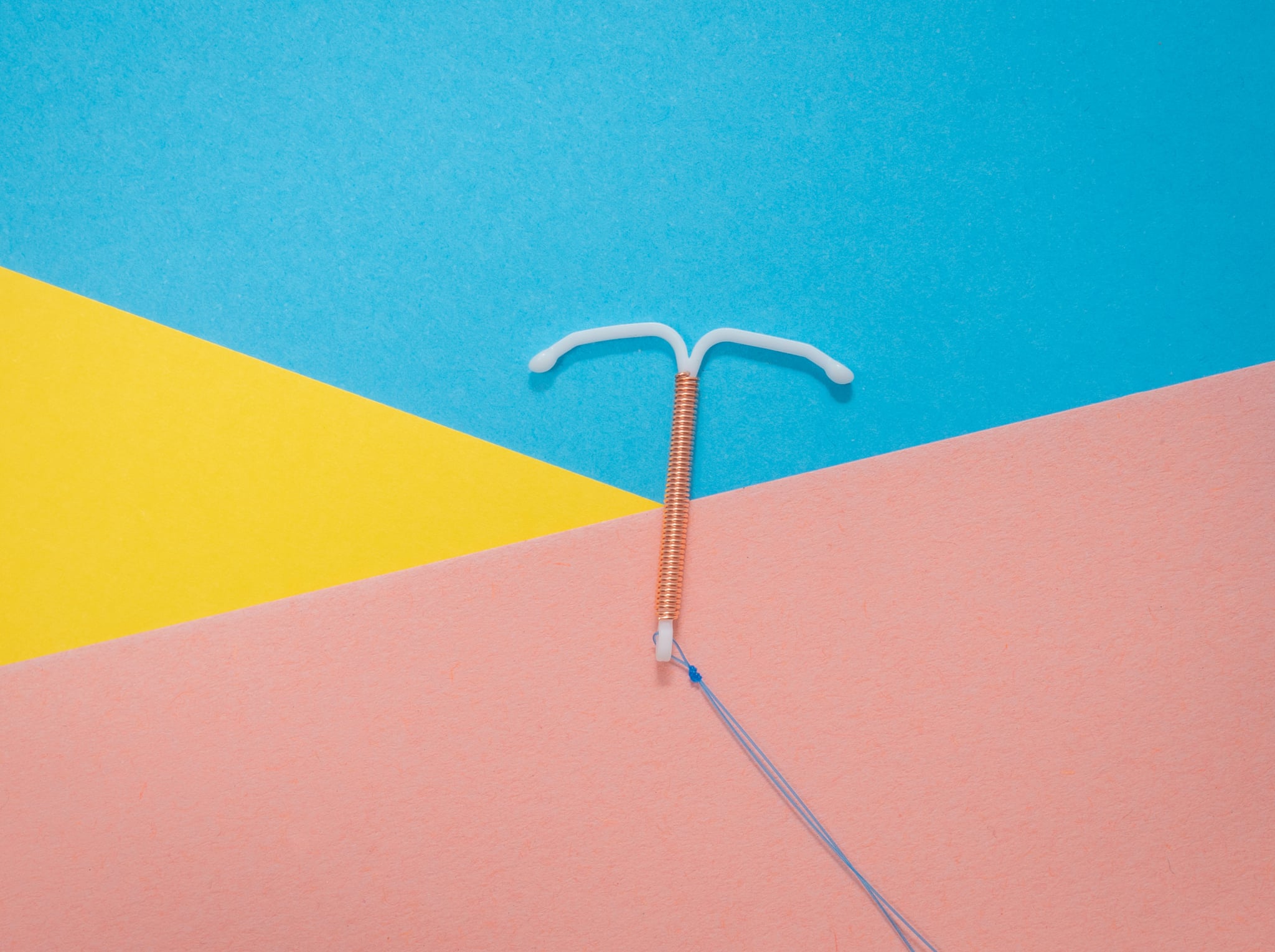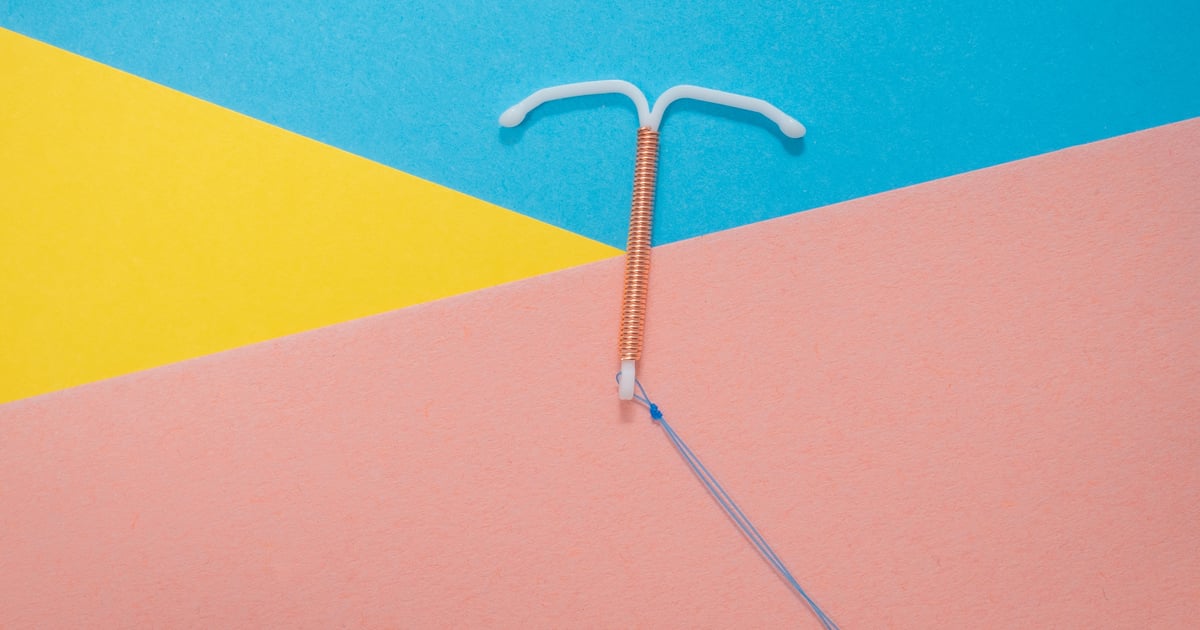
To be fair, my ob-gyn at the time was very honest and clear about possible side effects associated with a copper IUD — potentially heavier and longer periods, cramping, and spotting for the first few months after insertion. Because I had always complained of cramps, my doctor suggested I consider a hormonal IUD, something that could potentially help cut down on the discomfort I dealt with and make my periods lighter, but my mind was made.
I wanted to be on birth control, but I wasn’t into the idea of the pill or using any other hormonal device. Thanks to its hormone-free technology and effectiveness at preventing pregnancy for up to 10 years, the copper IUD won me over. After all, there was a good chance those side effects wouldn’t even be an issue because IUDs can affect people differently.
My insertion was a breeze, which was a relief given the nightmares I had heard about how unpleasant the experience can be for some. Besides some cramping that was easily managed by a heating pad and ibuprofen, I was fine. The days after weren’t as easy, though. The spotting came in quick and my cramps stuck around, but I refused to panic. A month later at my follow-up appointment, the IUD was in the perfect placement, and I was told that my side effects might stick around for a few months.
I remember the first few periods after getting my IUD were long (like eight to nine days from start to finish) and very uncomfortable — like rocking-back-and-forth-in-a-ball-on-the-couch type of pain. I’d get about two months of consecutive relief every now and then (maybe a six-day period and less pain), which would convince me I was in the clear from my side effects. But then, the painful, long, and heavy periods would come roaring back.
Unfortunately, that’s pretty much how it went for three years — the total time I actually kept it. I got used to buying more tampons and counting my cycle differently, and I even bought a heating pad for my work desk drawer. During that time, I went into the doctor several times to just make sure everything was OK, and thankfully, nothing was wrong. The discussion of it possibly not being the right option for me was always brought up, but I wanted to make it work. I told myself time and time again that I was overreacting and my side effects weren’t that bad, even though I was miserable. Sometimes, I would even downplay them during appointments.
Sure, I had always had cramps, but truthfully, going from having light, four-day periods to long periods with a heavy flow was an incredibly difficult adjustment. Never having been on birth control before, I desperately wanted to have it figured out on the first go. I didn’t realize it at the time, but I was trying to will the copper IUD into being the right choice for me and my body. I loved the hormone-free element of it, and the IUD allowed me to have protection without having to remember to take a pill every day. But it just wasn’t right.
After some self-reflection and supportive conversations with my doctor and loved ones, I decided to get my IUD removed, and my periods quickly returned to their former state. My mood dramatically improved, and I no longer felt tied down to my cycle.
Looking back, I wish I had been open to information on hormonal birth-control methods before writing them off completely. I realized that finding the right birth-control method can sometimes be a process — and that’s totally normal.
Most importantly, I came to the conclusion that I wasn’t listening to my body at all. As an athlete, I would have never dismissed a cramp in my leg while running or shoulder pain during a weightlifting session. Why should birth control be any different?
